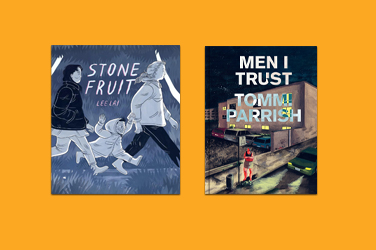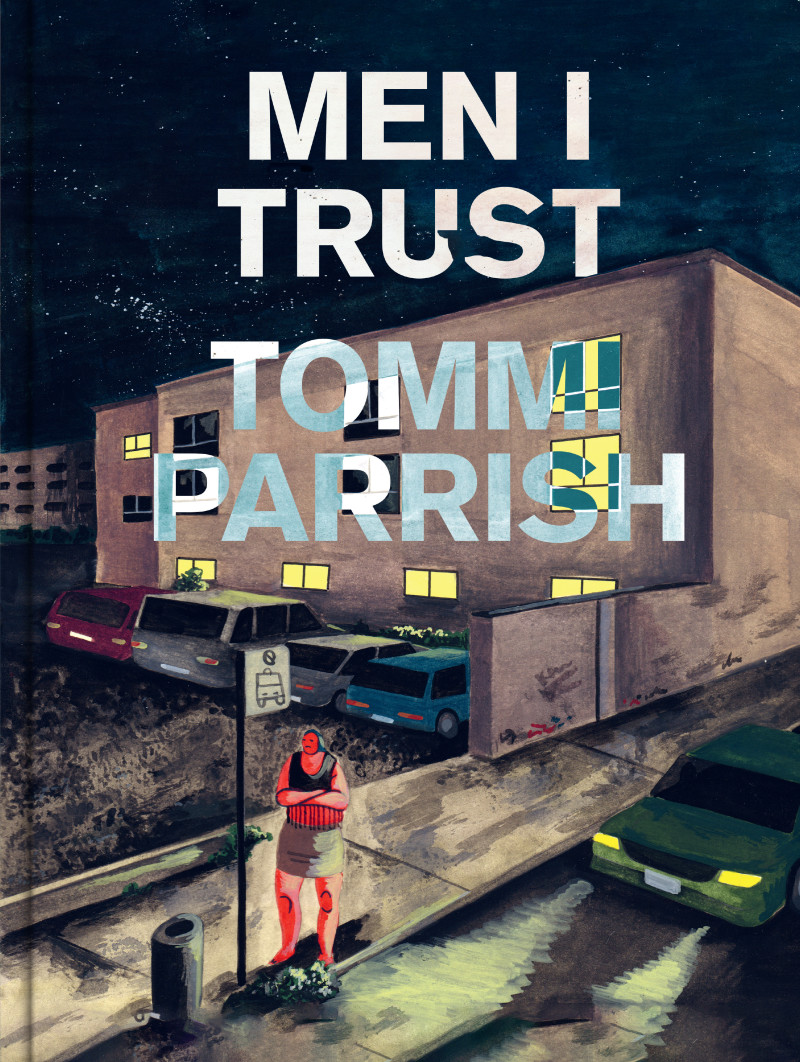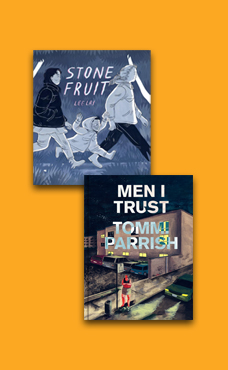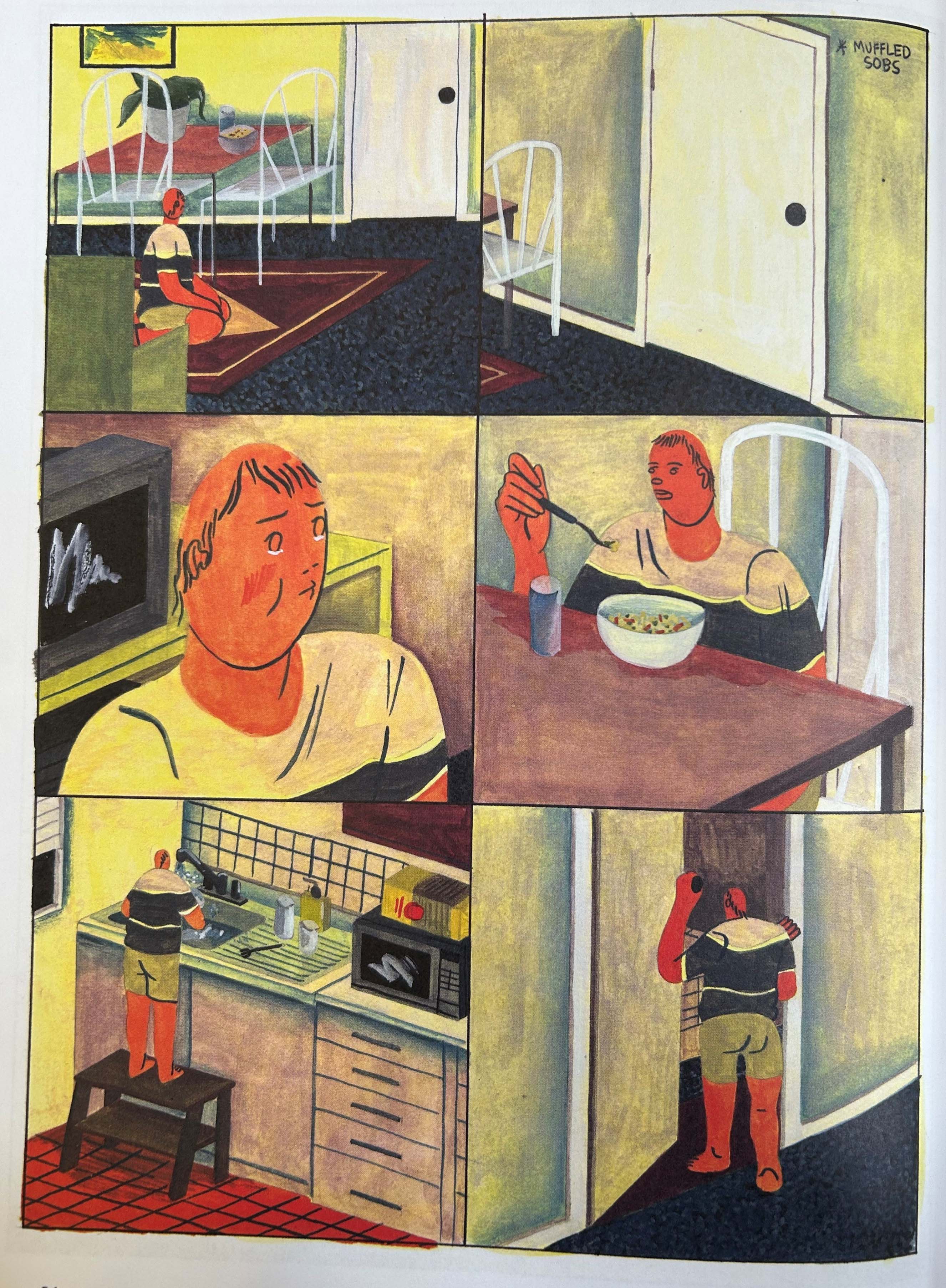
- Free Article: No
- Contents Category: Graphic Novels
- Review Article: Yes
- Article Title: The language of images
- Article Subtitle: Judging a graphic book by its cover
- Online Only: No
- Custom Highlight Text:
The covers of comic books/graphic novels/sequential narratives, call them what you will, have a fundamentally different relationship to the contents of their books than the covers of ‘ordinary’, text-only works. For the latter, the cover image is usually produced by a designer whom the author does not know and may never meet. In the case of comics, however, the cover image is made by the same hand that creates the images that proliferate within the book. The cover of a text-only book is communicating a sense of what the book is like through the totally different language of images. For the browser, that’s like trying to decide whether to attend a concert on the strength of a billposter. With a comic book, the sort of thing you see on the cover is the sort of thing you get inside. A comic book begins before you even open it. Basically, you can judge a comic book by its cover.
- Featured Image (400px * 250px):

- Alt Tag (Featured Image): Bernard Caleo reviews 'Stone Fruit' by Lee Lai and 'Men I Trust' by Tommi Parrish
- Book 1 Title: Stone Fruit
- Book 1 Biblio: Fantagraphics Books, $41.95 hb, 236 pp
- Book 1 Readings Link: https://www.booktopia.com.au/stone-fruit-lee-lai/book/9781683964261.html
- Book 2 Title: Men I Trust
- Book 2 Biblio: Scribe, $39.99 hb, 208 pp
- Book 2 Cover Small (400 x 600):

- Book 2 Readings Link: https://www.booktopia.com.au/men-i-trust-tommi-parrish/book/9781922310842.html
Lee Lai’s Stone Fruit, published by the esteemed US art comics publisher Fantagraphics Books in 2021, was shortlisted for the 2022 Stella Prize. Her fine, controlled black-ink linework is highlighted against backgrounds occasionally coloured with muted blue-grey gouache which lends the book a measured, considered tone that Lai holds in tension with the shaky emotionality of her characters. Bron and Ray’s stalling relationship is brought fitfully to life by their sessions of wild play with six-year-old Nessie, Ray’s niece. These sessions blow oxygen onto the last embers of the couple’s faltering partnership, and while the cover of the book shows us these three walking together, legs scissoring, a second glance confirms that Bron (on the right) and Ray (on the left) are only connected by the body of Nessie in between them. Lai deploys a visual technique in order to display the enormity of Nessie’s transformative influence on Ray and Bron’s life which is so daring and delightful that I won’t describe it here, except to say that it is the graphic equivalent of a spectacular magic trick. Even if you never intend to buy this graphic novel, leaf through the first ten pages at your local bookshop and you’ll see what I mean. Astounding. This visual joie de vivre is gestured towards in the cover image of the book, but only the sequential, panel-to-panel nature of reading comics can animate it into thrilling life on the page.
The cover of Tommi Parrish’s Men I Trust also belongs to a late point in the narrative, and stirs despair in the reader when we realise what led that character to be standing at a bus stop late at night with cars gliding obliviously past her. If the emotional life in Stone Fruit is visually expressed in contained, restrained monochrome, in Men I Trust the art is brimming with wincing, raw abandon. Each panel is painted in full colour, and each double-page spread presents itself to the reader as a polyptych painting before we zoom in to read and absorb the individual panels. Parrish eschews the traditional strip of white space between panels known as ‘the gutter’, so that each painted panel butts up against its neighbours above and below, increasing the impression that every page of panels comprises a single painting. The characters are designed big and chunky, with huge thighs and arms, vast hands, and small heads. Facial features are minimally indicated, which pushes our reading energies back towards the bodies. It’s like reading a comic populated by Henry Moore sculptures. Eliza is a single mother and Sasha, who is pursuing her, has moved back in with her parents. As in Stone Fruit, depression, anxiety, and being overwhelmed are core to this narrative; these feelings are enacted by the characters and provide the main topic of their conversations. The other principal character is Andrew, a reality show property developer who is so overtly a slimeball that his main function seems to be to guarantee the irony of the book’s title.
Men I Trust is also published by Fantagraphics Books in the United States, but the Australian edition is being released through Scribe Publications, a Melbourne publisher which is taking a strong interest in graphic novels, with more in the pipeline according to senior editor David Golding. Both of these handsomely produced graphic novels investigate the negotiation of a romantic relationship through the chicanes and heavy weather of mental illness, and each showcases promising visual sequential work by Australian comic book makers who are deep in the process of developing and refining their visual voice. Exciting times.




Comments powered by CComment